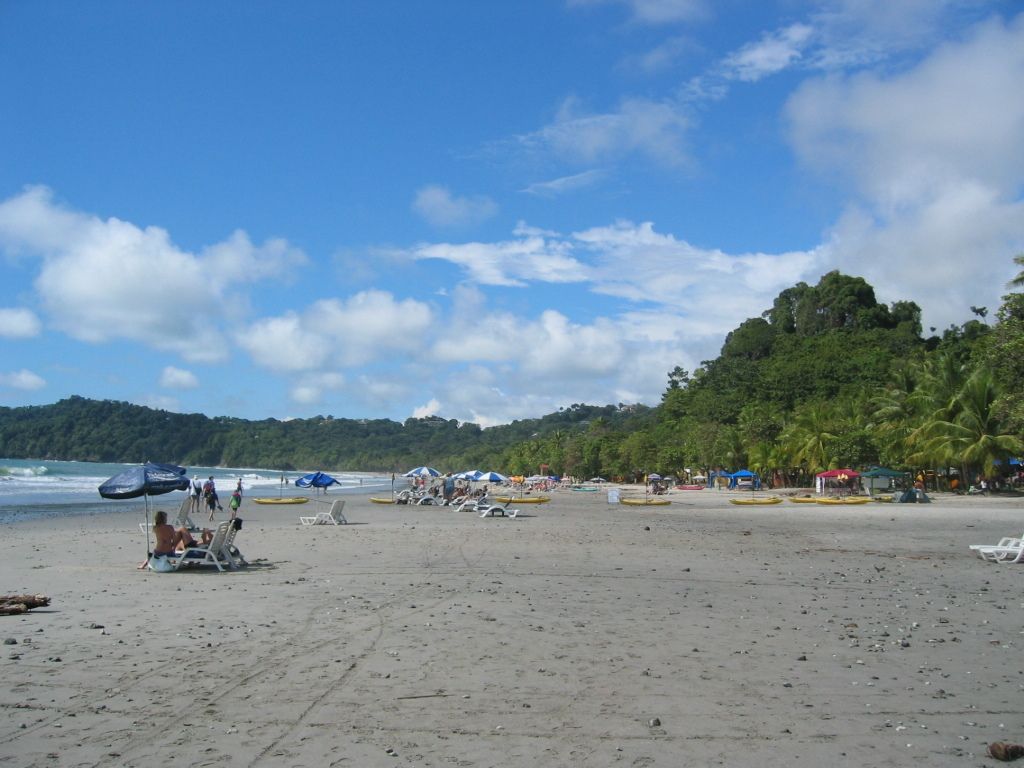The Gloomy Forecast for Russia's Labor Market: A Persistent Skills Deficit and Sluggish Wage Growth
Russia's Workforce Deficit May Approach Double in Coming Five Years
Russia's job market isn't looking bright in the near future, according to HeadHunter CEO Dmitry Sergienko. He predicts that the economy will lack around 4 million specialists within the next 5 years, with over 90% of the shortage consisting of middle and high-skilled workers. This disquieting fact was disclosed during his recent interview with Interfax.
As of now, HeadHunter estimates that Russia is already short by approximately 2 million employees. However, this figure might have been skewed due to a temporary slowdown in demand for new workers, especially with regional small and medium-sized enterprises. This slump corresponds to the evolving economic and geopolitical landscape.
On a positive note, large businesses have been cautious about hiring since the end of last year. Dmitry Sergienko also acknowledged this trend. The most visual trend in the labor market right now is the stagnation in wage growth. Last year, wage increases were rapid, at times even surpassing those offered to IT specialists. But now, that surge seems to have ebbed, leaving the overall volume of job openings high, albeit with moderate wage growth.
The current wage growth is anticipated to remain consistent with inflation, between 15-20%. Without any significant external factors, such as lifting sanctions or the return of foreign companies, changes in the labor market should not be pronounced, predicts Apret-Analytics CEO Ekaterina Spodina.
In addition to the above, there's an imbalance in the current labor market economy. Despite existing staffing techniques, the country is short by an astounding 3.5 million pairs of capable hands.
Trends in the Labor Market: The High and Low End
The ongoing labor shortage has led employers to reconsider their approach towards job candidates from different age groups. They are engaged in studying strategies to attract and retain young specialists, while also learning to work with the enthusiastic and experienced Generation 50.
Demographic Challenges and Future Job Market Projections:
Russia's employment market is currently bustling, with the unemployment rate at a record low of 2.3%. However, the next decade poses significant challenges due to demographic decline, emigration, and reduced migration. By 2030, the country is likely to face a shortage of about 2.4 million workers. The projected slowdown in wage growth aligns with this forecast, with real salaries expected to rise at a more moderate pace.
The Hunt for High-Skilled Workers:
The outflow of high-skilled workers since 2022 due to emigration has left a significant void in sectors such as IT, finance, and management. Furthermore, ongoing military recruitment efforts intensify competition for talented workers, intensifying labor shortages in essential industries. By 2030, these challenges will persist as the country grapples with filling positions for both middle and high-skilled roles across various sectors.
- Ekaterina, the CEO of Apret-Analytics, considers it unlikely that changes in Russia's labor market will be pronounced without significant external factors like lifting sanctions or the return of foreign companies.
- In an attempt to combat the ongoing labor shortage, employers are exploring strategies to attract and retain young specialists as well as the experienced Generation 50.
- The projected demographic decline, emigration, and reduced migration over the next decade suggest that Russia might face a shortage of about 2.4 million workers by 2030.
- The outflow of high-skilled workers from sectors such as IT, finance, and management since 2022, coupled with ongoing military recruitment efforts, has intensified competition for talented workers in essential industries, making it unlikely that these labor shortages will disappear by 2030.






